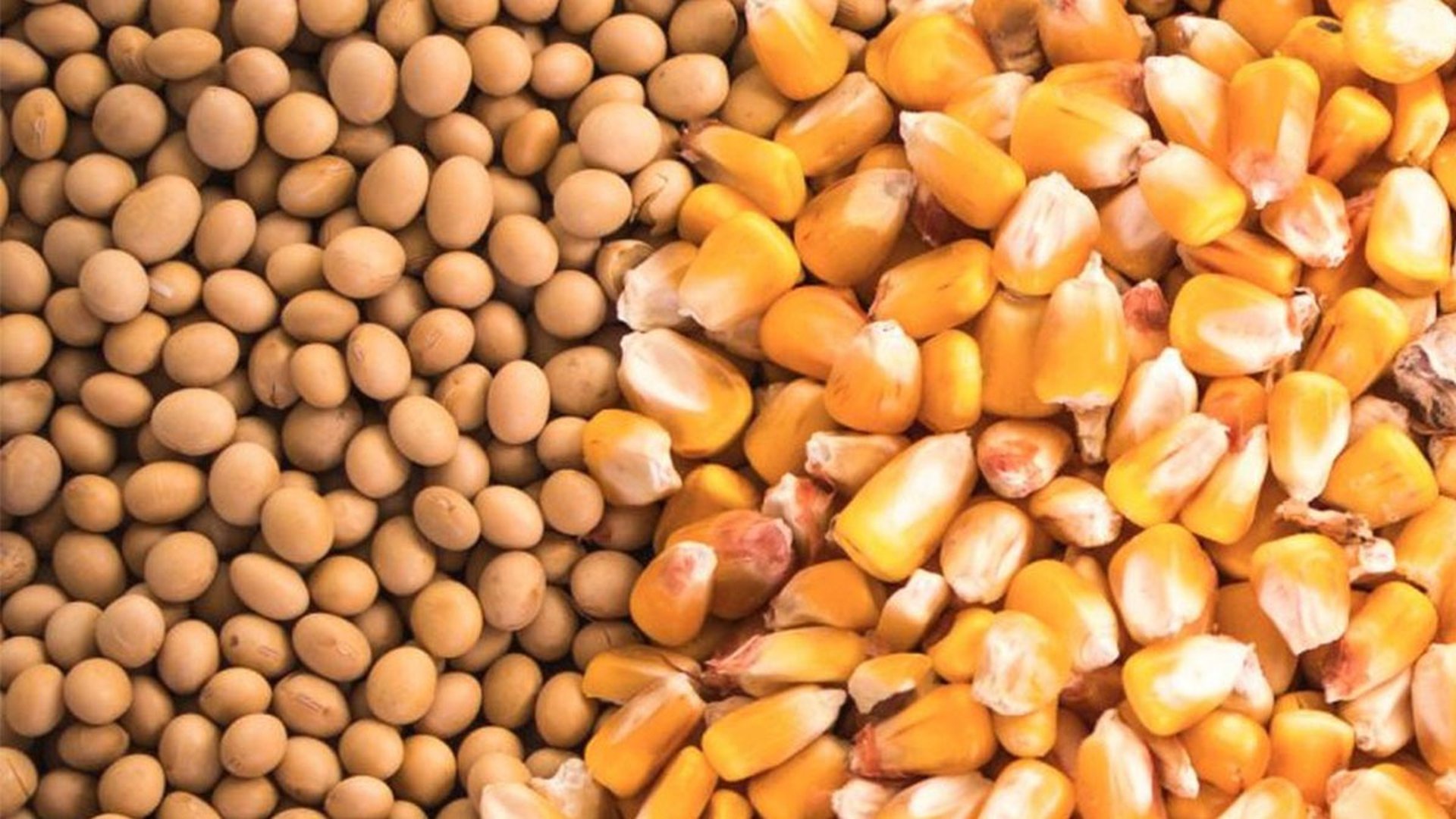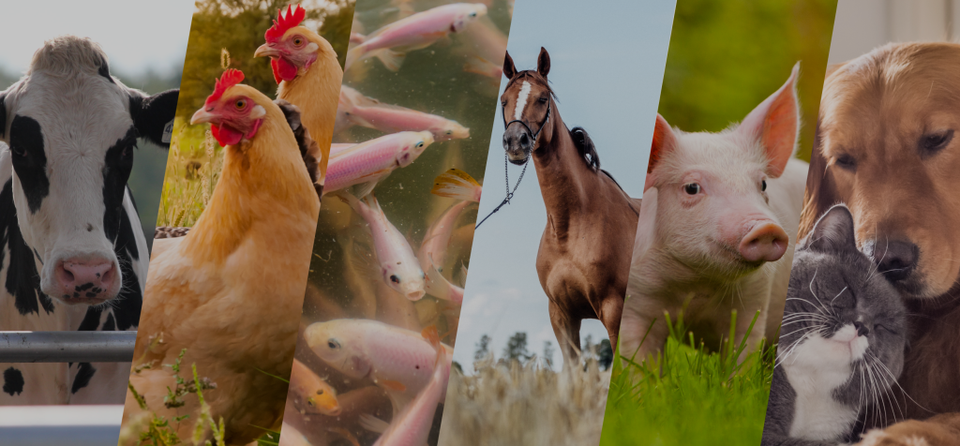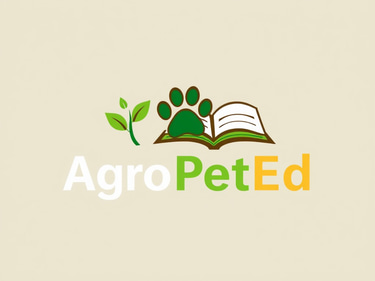
The Fundamental Role of Corn and Soy in Animal Nutrition: Importance, Benefits, and Sustainability
Balanced feed for domestic animals plays a crucial role in their health and development. Among the most widely used ingredients, corn and soy stand out due to their nutritional value, availability, and efficiency.
ANIMAL PRODUCTIONPLANTS AND CROPS
3/1/20252 min read
Balanced feed for domestic animals plays a crucial role in their health and development. Among the most widely used ingredients, corn and soy stand out due to their nutritional value, availability, and efficiency. This article delves into their importance, benefits, inclusion in diets, comparisons with other raw materials, economic impact, and considerations regarding sustainability and regulation.
Importance of Corn and Soy in Animal Feed
Corn and soy are key ingredients in formulating balanced diets. While corn provides energy, soy complements it with high-quality protein. Together, they enhance feed efficiency, promote growth, and strengthen the animals' immune systems.
Nutritional Composition and Benefits
Corn: A Source of Energy
Corn is a primary source of carbohydrates, with a high starch content that provides efficient energy. It also contains proteins (7-9%) and carotenoids, which benefit visual health and the immune system.
Soy: High-Quality Protein
Soybean meal is one of the best protein sources for animals, with a protein content of approximately 44-48% and a balanced amino acid profile. Additionally, it contains isoflavones, which have antioxidant and anti-inflammatory properties.
Inclusion Percentages in Diets for Different Species
The use of corn and soy varies depending on the species and production stage:
Poultry: Corn (50-70%), soy (20-30%)
Swine: Corn (55-65%), soy (15-25%)
Dogs and Cats: Corn (20-40%), soy (15-25%)
Ruminants: Lower soy inclusion due to fiber requirements and ruminal microorganism activity
Rabbits: Corn (10-20%), soy (10-15%)
Aquaculture: Corn (10-30%), soy (25-40%)
Horses: Corn (15-35%), soy (5-15%)
Processing and Digestibility
To improve digestibility and nutrient bioavailability, corn undergoes grinding and extrusion, while soy is roasted or defatted to eliminate antinutritional factors such as trypsin inhibitors.
Comparison with Other Raw Materials
Alternatives like wheat and barley have higher fiber content, which can affect digestibility. Other protein sources, such as fishmeal or alternative legumes, present higher costs and limited availability, making corn and soy the most viable options. Additionally, the production and logistics costs of these alternatives can be significantly higher, impacting their economic feasibility on a large scale.
Economic Impact and Market Trends
Corn and soy are globally high-demand ingredients, influencing their price and availability. Factors such as climate change, trade policies, and global supply and demand can affect their cost. Furthermore, the growing demand for plant-based protein is driving research into competitive alternatives. Recent data shows that corn and soy prices have fluctuated due to market speculation and adverse weather conditions, directly impacting feed producers.
Sustainability and Environmental Impact
The cultivation of corn and soy has environmental implications, including deforestation and intensive water use. Initiatives such as regenerative agriculture, crop rotation, and the use of transgenic varieties aim to minimize ecological impact and improve sector sustainability. Additionally, practices like agroforestry and the use of biological fertilizers are being developed to reduce carbon footprints and enhance soil conservation.
Regulatory Aspects and Controversies
The use of genetically modified organisms (GMOs) in corn and soy production sparks debates on food safety and consumer acceptance. International regulations, such as those imposed by the EU or the US, influence the commercialization and labeling of these products. In Latin America, some countries have adopted more flexible regulations, allowing the use of GMOs in animal feed, while the European Union maintains strict restrictions on their import and labeling.
Conclusion
Corn and soy remain the pillars of animal nutrition due to their high nutritional value, availability, and cost-effectiveness. However, it is crucial to continue researching strategies that optimize their use, reduce their environmental impact, and ensure long-term sustainability in the production of balanced feed.


AgroPetEd
Information about animals and agricultural practices
© 2025. All rights reserved.
